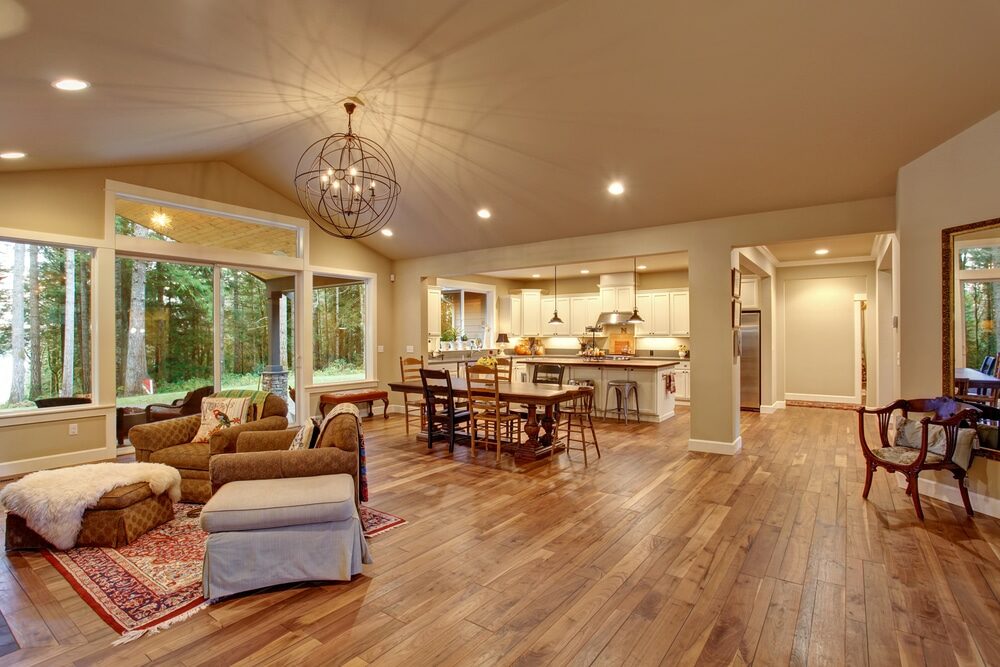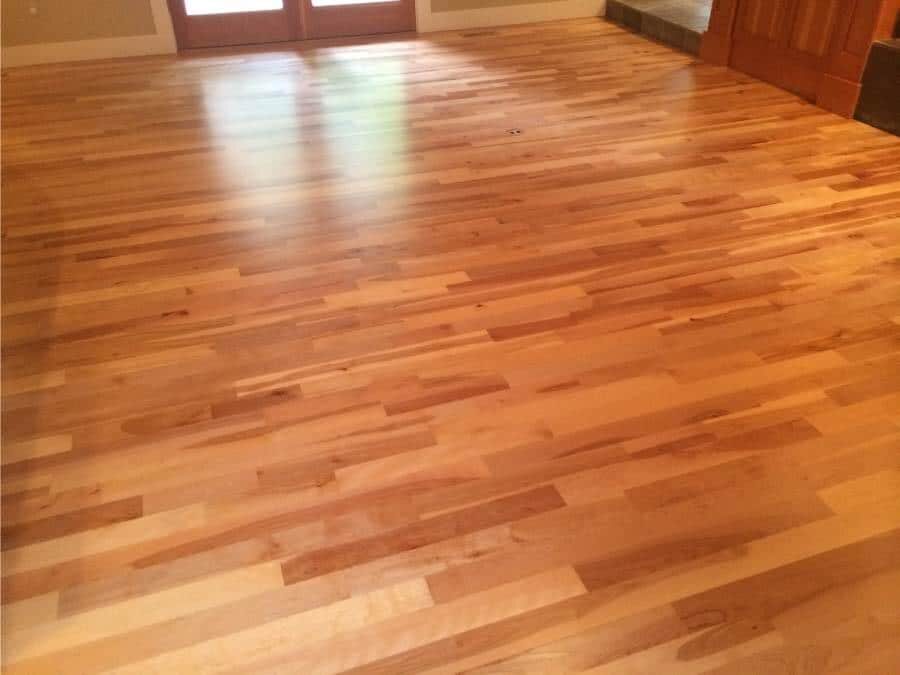London:
Nationwide:
Essential Guide to Installing Wooden Floors: Consider Traffic Levels
Posted on July 13, 2023
News
Navigating Traffic Considerations When Installing Wooden Floors
Installing a new wooden floor is a significant investment, and one key factor that should influence your decision-making process is the anticipated foot traffic in the area where the floor will be installed. Higher-traffic areas will require more durable wood species or finishes to maintain the floor’s look and feel. This comprehensive guide will provide insights on what to consider regarding traffic when installing wooden floors.

Understanding the Janka Hardness Scale
When it comes to choosing a type of wood for your floors, the Janka Hardness Scale is an important reference point. This measurement indicates the resistance of wood to wear and denting. The higher the rating, the more durable the wood. For high-traffic areas like hallways or living rooms, harder woods like oak, hickory, or maple can be a good choice.
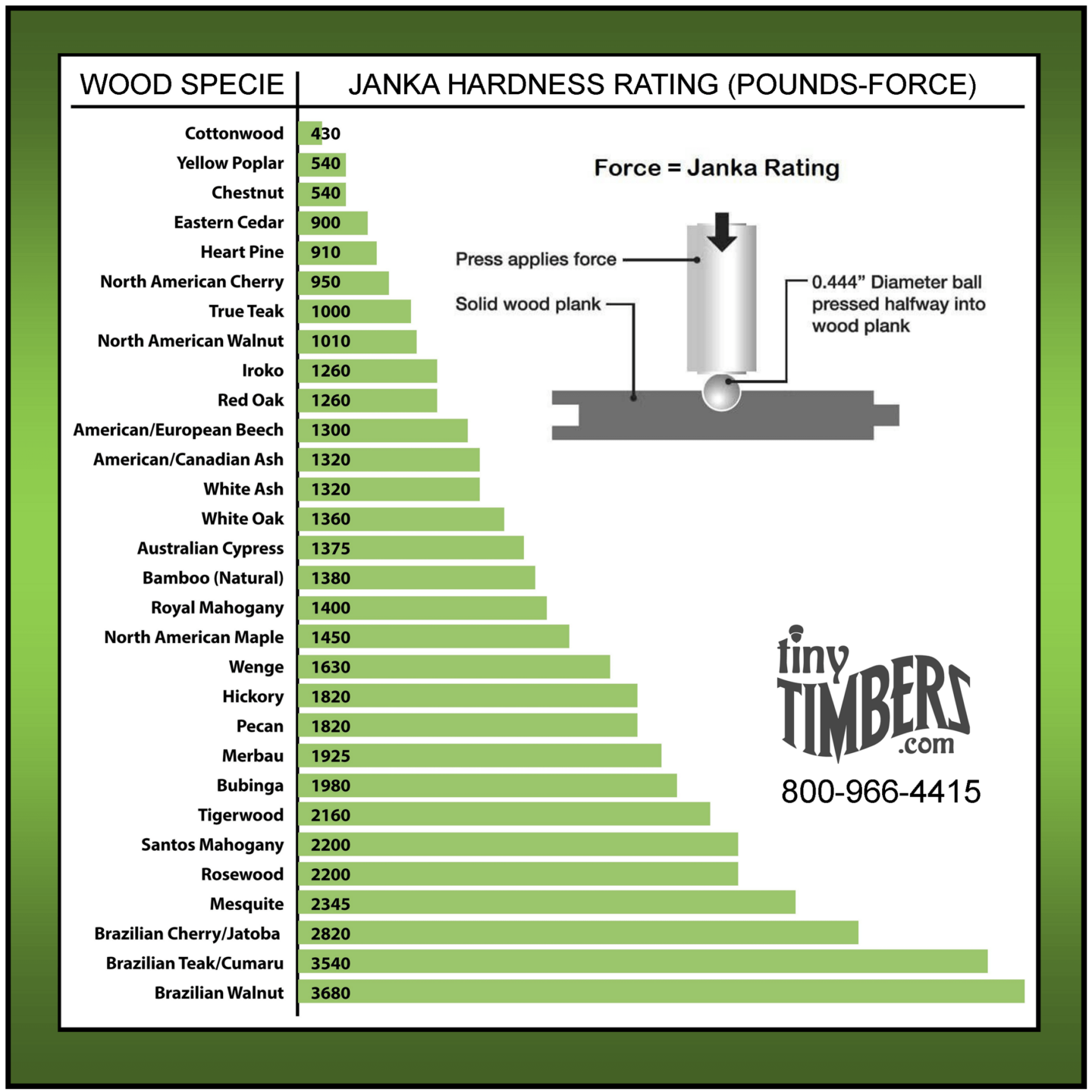
High Traffic Areas: What to Consider
High-traffic areas in your home or office are those that see the most foot traffic and activity. These can include entryways, hallways, kitchens, and living rooms.
Type of Wood
As mentioned earlier, harder woods tend to stand up better to high traffic. But if you prefer the look of softer wood, consider an engineered wood product. Engineered wood floors can offer the beauty of softer woods but with increased durability.
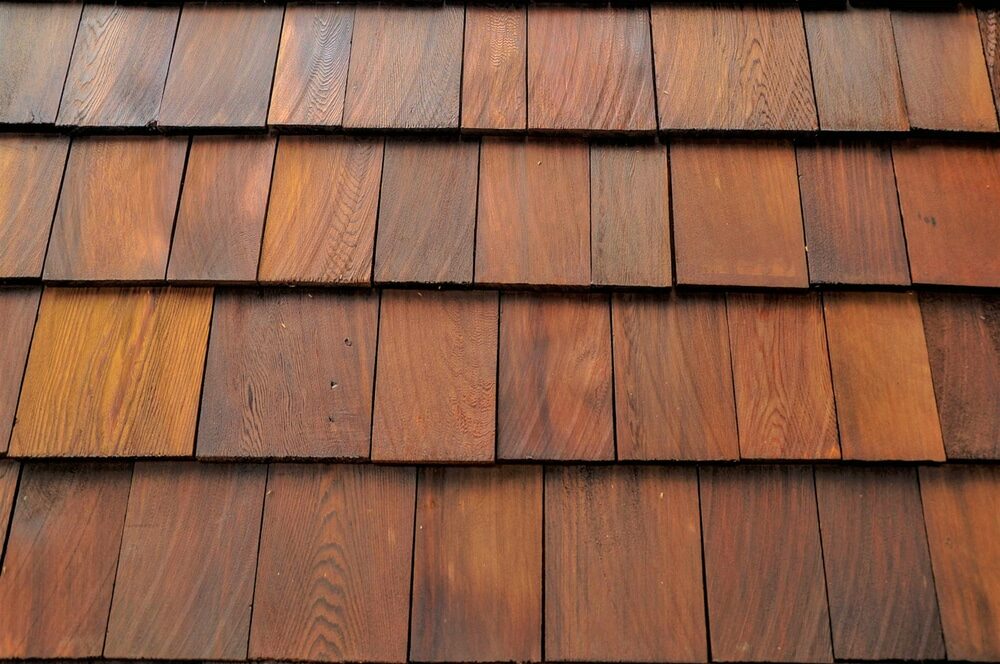
Finish Type
The finish you choose for your floor also affects its durability. Oil-based polyurethane finishes offer a warm, natural look and are generally durable. However, they can take longer to dry and cure. On the other hand, water-based polyurethane finishes are less toxic, dry faster, and provide a clear, durable finish that can withstand high traffic.
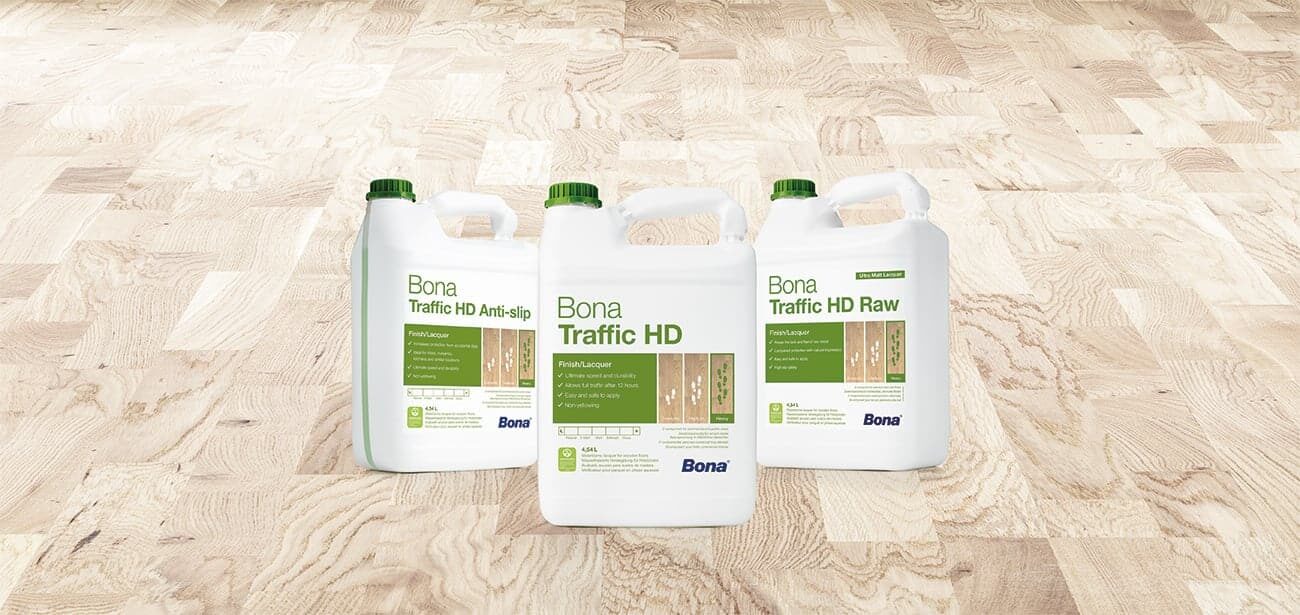
Colour and Grain
Darker colours and wood with strong grain patterns can help disguise small scratches and dents that can occur in high-traffic areas. If you’re concerned about noticeable wear and tear, you might want to avoid light-coloured woods and those with a subtle grain pattern.
Medium Traffic Areas: What to Consider
Medium-traffic areas may include dining rooms and offices. These rooms require durable flooring but can also accommodate a wider variety of wood types and finishes.
Type of Wood
Both hardwood and engineered wood can work well in these areas. Softer hardwoods like cherry or walnut can be used, offering more options in terms of aesthetics.
Finish Type
You still want a durable finish in these rooms, but you have a bit more flexibility. You could consider a penetrating oil finish, which offers a natural look and is easier to touch up than polyurethane.
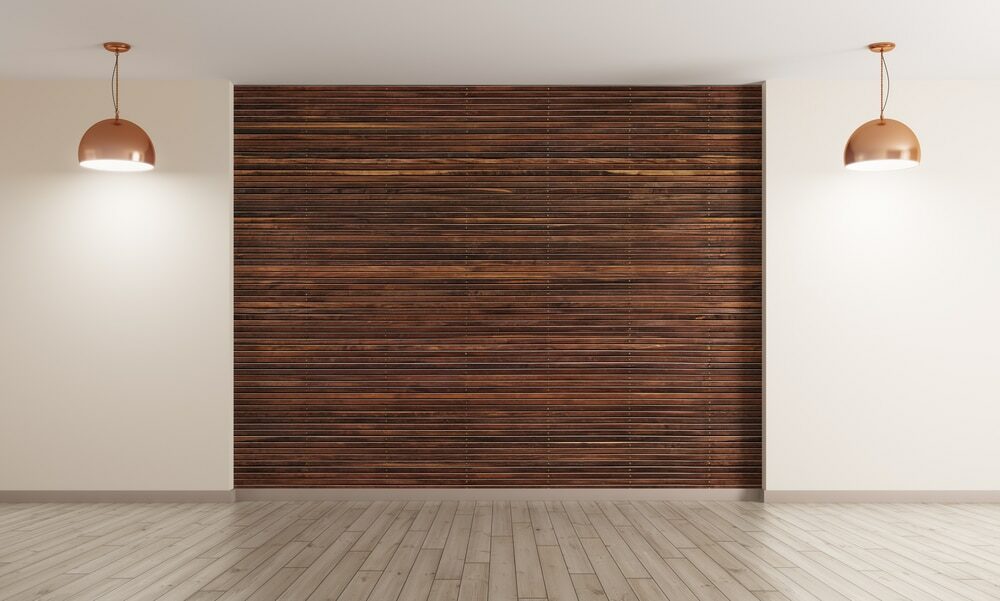
Low-traffic areas: What to Consider?
Low-traffic areas include bedrooms, guest rooms, and formal living rooms.
Type of Wood
In these areas, you have the most flexibility. Even softer woods like pine can be used in these spaces.
Finish Type
With low traffic, you have the opportunity to choose finishes that might not hold up as well under heavy wear but offer unique aesthetic appeal. For example, a natural oil finish can give your floor a rich, warm glow.
The Role of Maintenance
Regardless of traffic levels, proper maintenance is key to keeping your wooden floors looking their best. This includes regular cleaning with products designed for wooden floors, immediate cleaning of spills, and periodic refinishing as needed.
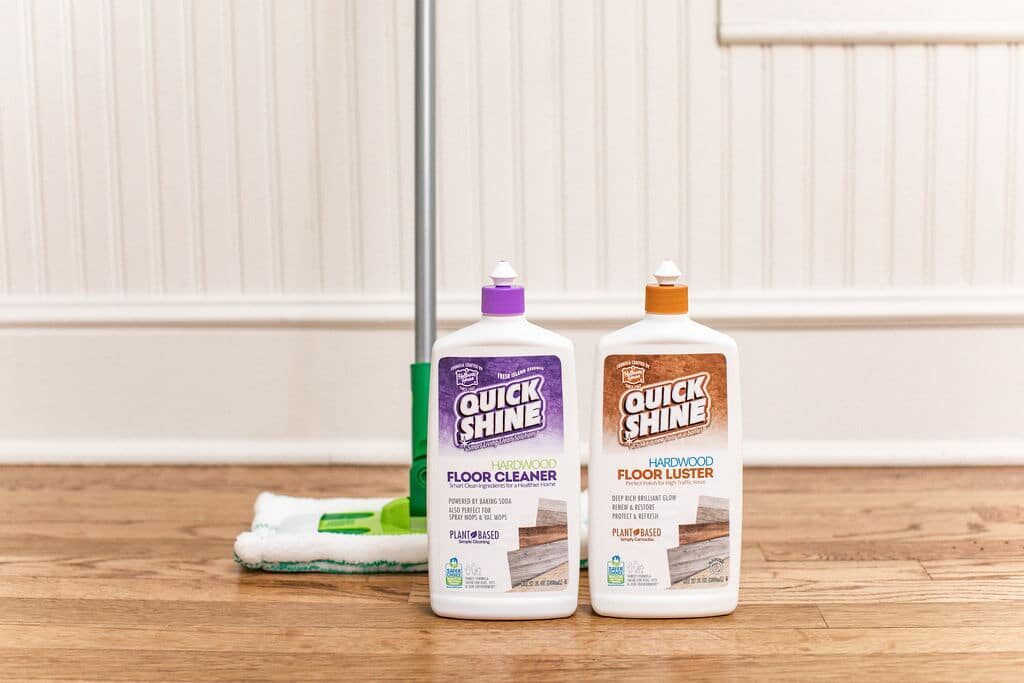
Conclusion
When planning for new wooden floors, it’s crucial to consider the anticipated foot traffic in the various areas of your home or office. By matching your wood type and finish to the level of traffic, you’ll ensure that your new floors are not only beautiful but also durable and long-lasting. Understanding how traffic affects your choices can lead to a successful flooring project and a floor you’ll enjoy for many years to come.
Some Useful Links:
- Floor Sanding Services
- School Floor Sanding
- Wood Floor Restorations
- Wood Floor Repairs
- Wood Floor Polishing
More from our Blog:
Does Everyone Understand Hardwood Floor Sanding? Quick Steps to Installing Your New Wood Flooring Fascinating Facts About Hardwood Floor Sanding in London How to Find The Best Value For Money Floorboard Sanding Experts Home Improvement Guidelines – Sanding Wooden Floors
Sanding
We provide virtually dust-free sanding with our continuous belt machinery with mobile extraction units, giving you a safer environment for your family.
Oiling
This organic finish not only adds beauty to your home but also has exceptional water-repellent characteristics, making it easier to clean and maintain.
Waxing
This natural floor finish offers the softest and most mellow appearance – and leaves your floor able to breath.
Buffing
Using soft buffing machines (and hand-polishing where required) will bring a wonderful sheen to your newly-finished floor.
Repairs
We offer a full assessment of your wooden floors to determine what repairs are needed to provide the perfect working surface for the later stages of sanding, staining and sealing.
Restoration
We offer a comprehensive restoration process designed to address floors that are improperly fitted or damaged over time through wear and tear.
Request a fixed price quote for your wood floor restoration now
Simply enter your postcode below to get started.
Services
Wood Floor Sanding Wood Floor Restoration Wood Floor Scratch Repair Squeaky Wood Floor Repair Parquet Floor Sanding Parquet Floor Restoration Commercial Floor Sanding Church Floor Sanding Community Centre Floor Sanding School Floor Sanding Gap Filling Gap Filling with ResinCopyright © Mr Sander®
Privacy & Cookies Terms & Conditions Complaints Procedure Cancellation Rights Sitemap